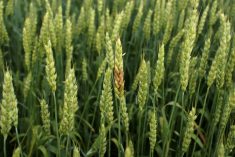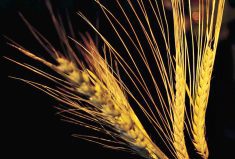Toasted barley could aid the medical field in diagnosing certain medical conditions.
That’s because the toasted grain, when struck by a common laser beam, illuminates the throat and gastrointestinal tract.
The discovery could improve the ability to diagnose swallowing disorders, which affect millions, as well as gut disorders. What’s more, because many human diets already include barley, it could be fast-tracked for medical use.
“It’s really incredible. Here you have this common grain — and we’re just now finding another use for it as a contrast agent for medical imaging,” says Jun Xia, of University at Buffalo.
Read Also

Journal pulls long-cited glyphosate study for ethics violations
The journal Regulatory Toxicology and Pharmacology has retracted a 2000 Monsanto-linked glyphosate review, drawing new scrutiny as Bayer faces mounting legal pressure.
Xia and 10 other UB co-authors described the experiment and its results in a study published in May in the journal Biomaterials.
Swallowing disorders, also known as dysphagia, can be an indication of a serious medical problem. They are caused by everything from cancer and Alzheimer’s disease to missing teeth and neck injuries.
To test for dysphagia, doctors typically have patients drink a thick, chalky liquid called barium. Doctors then use X-rays, MRIs or ultrasounds to look inside the throat. Each technique is limited with respect to safety, high cost and lack of adequate contrast, respectively.
Using lasers is an emerging alternative, and nanoparticles made of metals, polymers and other materials are typical contrasting agents.
One drawback is the often lengthy and expensive regulatory process for new contrast agents.
“That’s what led us to search for edible alternatives,” says study co-author Jonathan Lovell.















